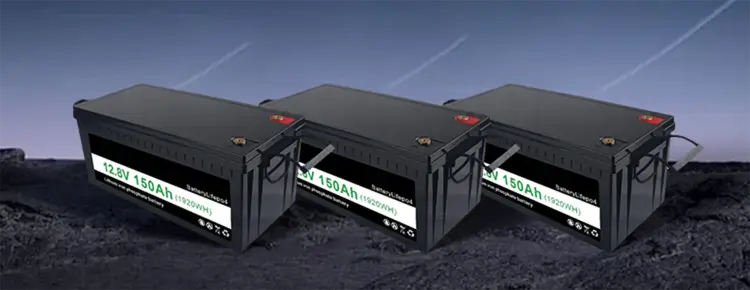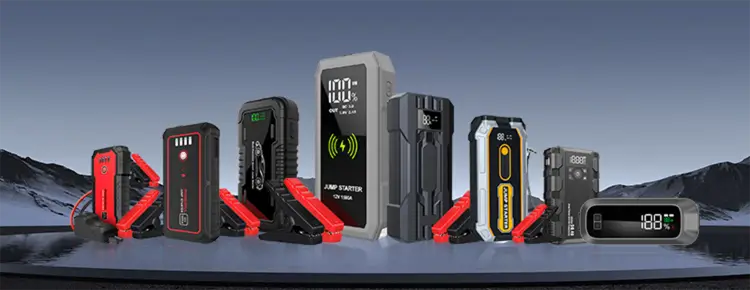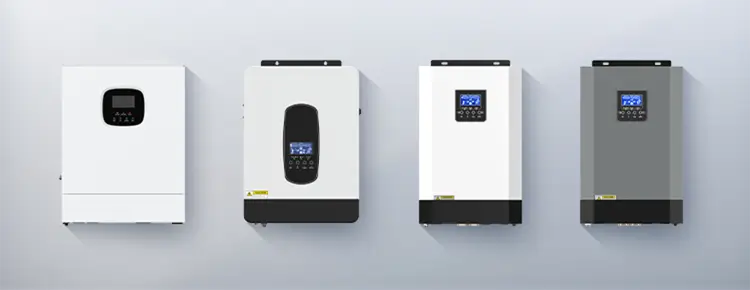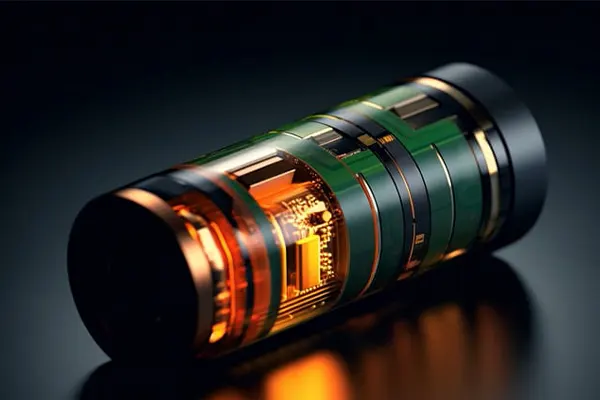



Blog
Hot Category
Latest Blog
06 Dec 2024
Eli
A sodium-ion battery is a sodium-ion-based battery, similar to a lithium-ion battery, but uses sodium instead of lithium. The working principle of a sodium-ion battery is similar to that of a lithium-ion battery, both of which store and release energy by moving sodium ions between the positive and negative electrodes of the battery during charging and discharging.
During charging, the external power source of the battery drives electrons from the positive electrode to the negative electrode, and the sodium ions move between the positive and negative electrodes through the electrolyte and eventually embed into the negative electrode material. During discharge, when the battery releases energy, the sodium ions detach from the negative electrode material, return to the positive electrode through the electrolyte, and the electrons flow through the external circuit to power the battery.
In energy storage systems, sodium-ion batteries are particularly suitable for large-scale energy storage systems, such as the storage of renewable energy, due to their low cost and abundant resources. Solar and wind power generation is often unstable, and sodium-ion batteries can provide a more economical solution to this instability. In terms of electric vehicles, although the energy density of sodium-ion batteries is relatively low, they still have a market in some electric vehicles that are not so demanding on battery weight and volume (such as electric bicycles and electric buses). Sodium-ion batteries also have certain potential in consumer electronics that require low cost and a long life cycle.

1. Abundant raw material resources and low cost: Abundant resources: Sodium is an abundant element on the earth and is almost everywhere. It is not only abundant in nature, but also easy to extract in seawater and ores. This makes sodium-ion batteries unrestricted in terms of raw material acquisition. Compared with lithium, the price of sodium is much lower than that of lithium, so the production cost of sodium-ion batteries is low. The scarcity of lithium causes fluctuations in the cost of lithium-ion batteries, while the ubiquity and low cost of sodium make sodium-ion batteries economically advantageous.
2. Sustainability: The production of lithium-ion batteries depends on rare metals such as lithium, cobalt and nickel, and the mining of these materials not only has a negative impact on the environment, but the supply chain is also vulnerable to political and market fluctuations. The mining and processing of sodium has a smaller burden on the environment, and sodium-ion batteries do not require rare metals, so they have obvious advantages in resource sustainability and environmental protection.
3. Better thermal stability: Sodium-ion batteries have better thermal stability. Compared with lithium-ion batteries, sodium-ion batteries are less prone to thermal runaway at high temperatures or overcharge, and are less likely to catch fire or explode. This is because the electrochemical properties of sodium ions make them more stable at high temperatures. Lithium-ion batteries have a higher risk of spontaneous combustion due to the activity of lithium metal, especially when overcharged or externally damaged. Sodium-ion batteries are less prone to similar problems, so they are safer during use.

In general, although sodium-ion batteries cannot completely replace lithium-ion batteries at present, they provide an alternative in some application scenarios. Coupled with the characteristics of sodium ions themselves being more sustainable and more environmentally friendly, sodium-ion batteries are expected to play a more important role in the future new energy field.